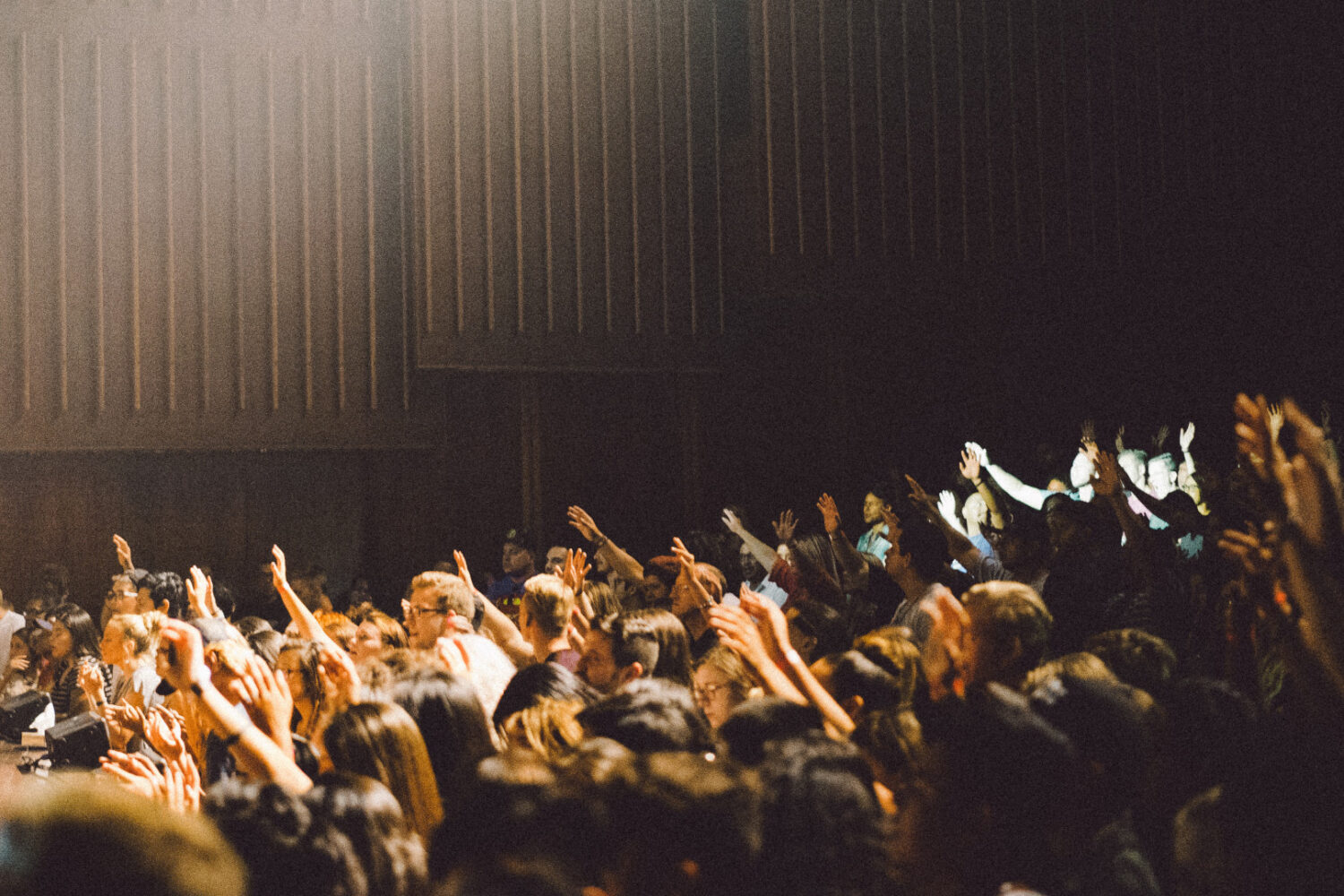It was one of those super important training sessions for me. The year? 2011. The place? IESE Business School, Madrid campus. In front of me? 15 hardcore business people. Among them the charismatic managing director of the Madrid airport, a man in charge of 65,000,000 travellers every year. Was I nervous? Definitely. But there was one thing I already knew back then.
Back then I already knew that audiences love to play an active part in your presentation. To date, audience participation has always been a winner. As a speaker you benefit in three ways:
The attention factor: The level of attention jumps up instantly.
The fun factor. Audience participation usually triggers great vibes.
The empathy factor: By making your audience participate you demonstrate that it is not about you; it is about them.
I have written several articles on interaction. With questions for your audience, references to people and dialogs with people in your audience you build bridges of empathy between you and them. Participation goes one step further. When you make them participate, your audience helps you build those bridges.
Here are four ideas for audience participation.
The last handshake
Back in 2011. IESE Business School, Madrid campus. The second hardcore businessman stands up to give his speech. At one point of his three-minute talk he says, Then I approached my father’s bed in that cold and sterile hospital room, and we shook hands for the last time.
In the following round of evaluation, I had an idea for increasing the impact of that talk. I looked at the speaker and said, In that very moment, when you shook hands with your dad for the last time, you could have approached someone from the first row and symbolically shaken hands with that person. As if he had been his father.
Physical unity with your audience… priceless!
Two days later. The final lunch with my group. The handshake speaker sat next to me. Staring at his lentil stew he murmured, I should’ve shaken his hand!
The friendly neighbor
Especially with longer talks you face a big challenge as a speaker. Even if you are a super engaging presenter, sooner or later, audience attention ends like a rocket attack of hot potatoes. Why do you think TED talks have always had a time limit of 18 minutes? Today, most of the TEDx talks last no longer than 10 to 15 minutes. Hot potatoes.
But reality is, sometimes you have to present for 30, 45, 60 minutes. In those longer slots you can benefit from the “friendly neighbor”.
In my keynote speech “The ball must go in“, at one point, I talk about the power of vulnerability. This is, more or less, after 25 minutes and all I can think of is… hot potatoes. So I say, For the next two minutes, lean to one of your neighbors and share with him or her an anecdote about one of your real weaknesses. But pick a real weakness, not something like ‘I’m too ambitious’. Go! Music starts, smiling faces, surprised faces, the room starts to boil.
The involuntary volunteer
Whenever you discharge those disgusting words, I need a volunteer, your audience falls into a shock-induced paralysis. But once destiny decided to slap another one, they love this involuntary volunteering thing. I love to work with involuntary volunteers during my presentations.
One of my favorites is to do live speech coaching on stage. For that, I need a “volunteer”. But not anyone. I ask my audience: Who of you considers him or herself a shy person, a timid person, a super introverted person? The power of the question. Our brain has to respond. So far, I have always been lucky. Some arms go up. I choose one and say, That is awesome! Can you come here for a second?
The reaction? A tsunami of laughter and one drop of fear. Two minutes later. That drop of fear has turned into a tsunami of self-confidence.
The shining subgroup
Finally, you can always use one safe joker. A safe joker is to split your audience in subgroups. My friend and leadership expert Conor Neill from IESE Business School is very good at that. In his class, he instructs subgroups to take some specific action and they end up doing this …
Handshakes, sharing anecdotes, “volunteers”, subgroup action – four ideas to make your audience participate. Audiences love to participate. I knew that already back in 2011.
How will you make your audience participate in your next talk?
_____
Photo by Edwin Andrade


Comment (1)